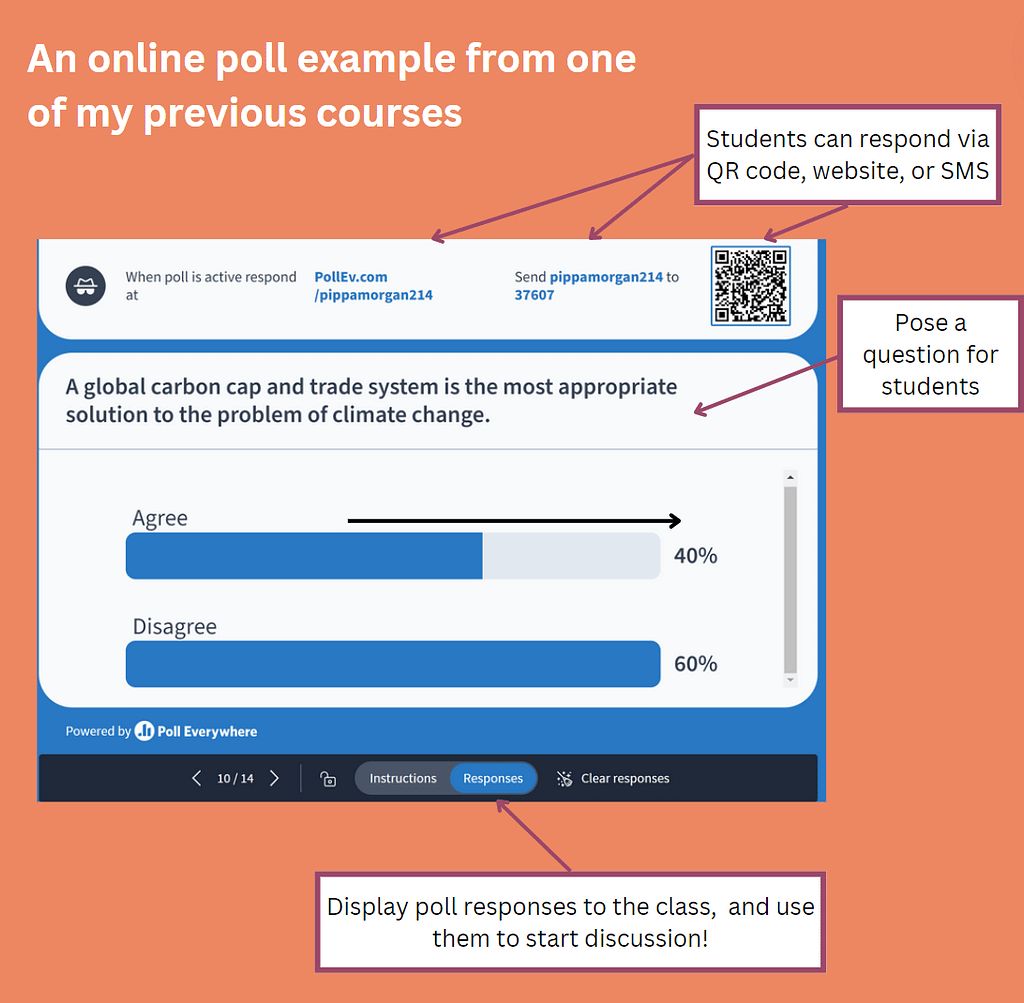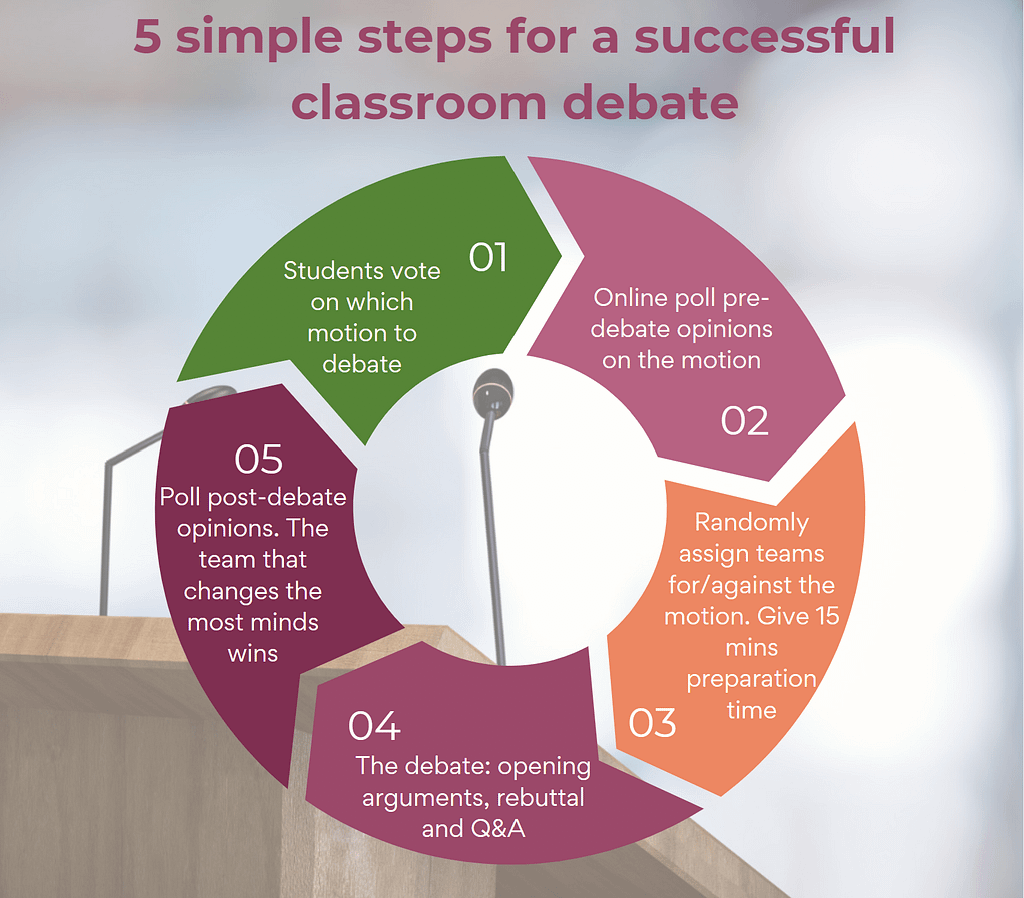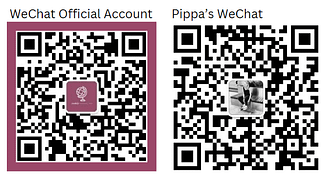One of the wonderful things about teaching in international university classrooms in China is the mix of students from different backgrounds, many of whom are speakers of English as a second language (ESL).
However, this also poses a challenge, as ESL students can be particularly nervous about speaking up in class. For Chinese students in particular, a culture of listening to the teacher combined with comparatively low emphasis on spoken English in the high school curriculum can make new undergraduate students reluctant to speak out.
This can also lead to an imbalance, with students who are more confident and/or with stronger language skills dominating the classroom to the detriment of others.
Thankfully, there are several structured exercises that instructors can use to encourage and support every student to make verbal contributions in the classroom, and in the process develop their crucial oral communication skills. (As well as avoiding those long silences that can make an instructor feel extremely awkward…).
Here are my four favorites, chosen because (1) they work, and (2) they are simple to introduce to your teaching in almost any subject.

1. Online Polling
Online polls are a fantastic way to gradually facilitate student engagement with thought-provoking or difficult questions. Start with a poll in which students think about a question and answer anonymously. Then, show the results to the class, and ask students to share their answer and rationale (a simple “hands up who chose X answer”, followed by “please share why” works extremely well).
Polling gets the conversation going by giving students a chance to first organize their thoughts in a low stakes way by responding anonymously (instead of pressuring them to provide an answer out loud immediately) and by catching students’ interest through showing them what their classmates think.
I love the PollEverywhere tool because it’s super simple. Students scan a QR code to respond, and because QR codes are such a common feature of life in China the process is extremely intuitive. And, in addition to polls, PollEverywhere can also be used for other online feedback or opinion-sharing activities, including word clouds and surveys.

2. Role Plays
When I ask my former students what they remember and enjoyed most about my classes, the most common answer is role play activities. These involve assigning each student a particular persona (for example, for an international relations course, they could be different world leaders at a summit) and asking them to solve a problem or participate in a meeting with others who are assigned different roles.
Check out recommendations from my former students on my LinkedIn profile here.
Printing roles on pieces of paper and asking students to randomly pick one from a bag is a simple but excellent way to ensure student attention and create a lively and engaged atmosphere. And, adopting a different persona from themselves can actually make it easier for students to speak out.
To ensure the role play goes smoothly, remember to give students enough background information to participate comfortably (for example, if assigning a student to act as a particular world leader at a conference, I would hand that student a description of who the leader is and their position on the conference topic, so that they have a clear idea of what to say during the role play).
I really recommend instructors assign themselves a role too, and join students in the role play. This helps the role play feel more “real” and enjoyable for everyone. (If working with a group of freshmen or particularly shy students, instructors can take a leadership-oriented role and actively guide the role play, but if students are advanced enough to run the activity themselves, simply join in).

3. Mock Academic Conferences
One of the reasons I love the higher education environment in China is because most students really want to connect with faculty. Part of this involves understanding what faculty do in addition to teaching, and how academic life works beyond the classroom.
As a result, explaining to students how academic conferences work and hosting a mock conference is a great way to engage undergraduate students. This can be done either by asking students to present or discuss readings from the course, or present their own course papers.
For this activity to work at its best, it’s important to create a realistic atmosphere by organizing the classroom into a conference style, and pre-preparing a well-structured conference agenda that looks similar to the agenda of an actual academic conference. Issuing “invitation letters” before the conference and creating name cards can also help in setting the scene.
(Of course, this exercise works best for courses structured around reading academic papers and/or students producing their own papers – for a textbook-based course I suggest trying some of the other activities in this article instead).

4. Structured Debates
Debates are a common classroom activity. However, if they are not well-implemented they can result either in confusion and awkward silence, or polarization instead of constructive discussion, especially in international classrooms in which students may approach questions in very different ways depending on their backgrounds.
Over the years (and through many mistakes at the beginning), I’ve honed a simple debate process that works really well at generating active, open, and constructive dialogue:
- Before assigning teams, ask students to vote on one of three motions relevant to the topic of the class. The motion with the most votes is selected for the debate.
- Use an online poll to anonymously show how many students are for or against the motion.
- Randomly assign students into teams, and randomly assign each team to make a case for or against the motion.
- After 15 minutes of preparation time, each team gives an argument, has a chance to rebut the other side, and ask questions to the other side.
- Re-run the online poll to see how many people are now for or against the motion. The winning team is the one that has changed the most minds.

This process promotes engagement by getting students choose what they want to debate, but also open-mindedness as students may have to argue for something they disagree with. In fact, students actually tell me that being randomly assigned to a team rather than having to choose a side helps them deal with potentially sensitive or polarizing questions more easily, and develop their oral communication skills in a less pressurized way. The challenge of changing minds is also less arbitrary and more fun than simply letting the instructor judge the winning team.
Conclusion
Almost every instructor has had the awkward experience of posing a question to a classroom full of students with their heads down, trying to avoid answering. And, it can be particularly challenging in international classrooms to encourage students for whom English is a second (or third, or fourth) language to speak out.
Thankfully, by using structured activities that engage and support students to participate in class discussion, instructors can create a lively, open, and active learning environment in which everyone has the confidence and opportunity to contribute.
Try these activities in your courses, and please share on Discovery Hub’s LinkedIn, Twitter, or Instagram what works well for you. Likewise, if you have more tips that could help others, please share them too!
Would this article be helpful for someone you know? Click the links below to share ⬇
Check out more tips for academic success by following Discovery Hub on social media ⬇
Add Discovery Hub’s Official Account and Pippa on WeChat ⬇

Copyright @ 2024 Discovery Hub Educational Consulting (Suzhou) Ltd 探索枢纽教育咨询(苏州)有